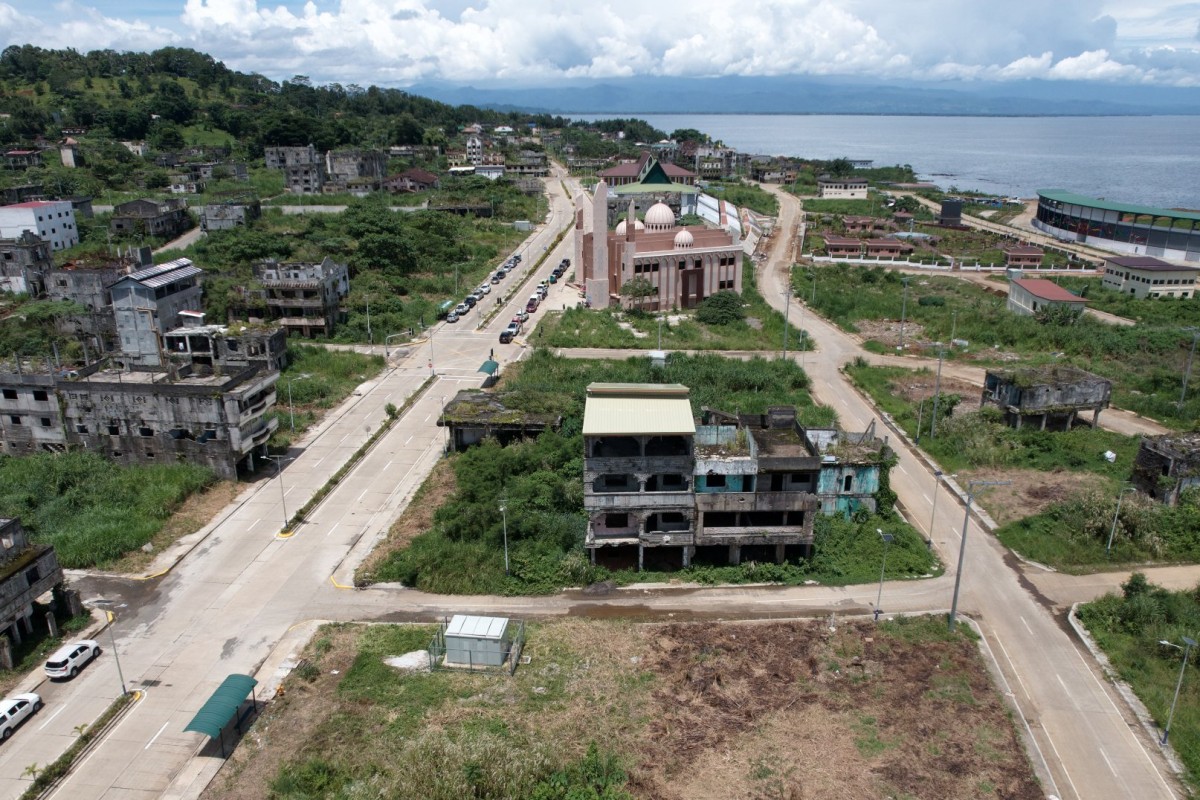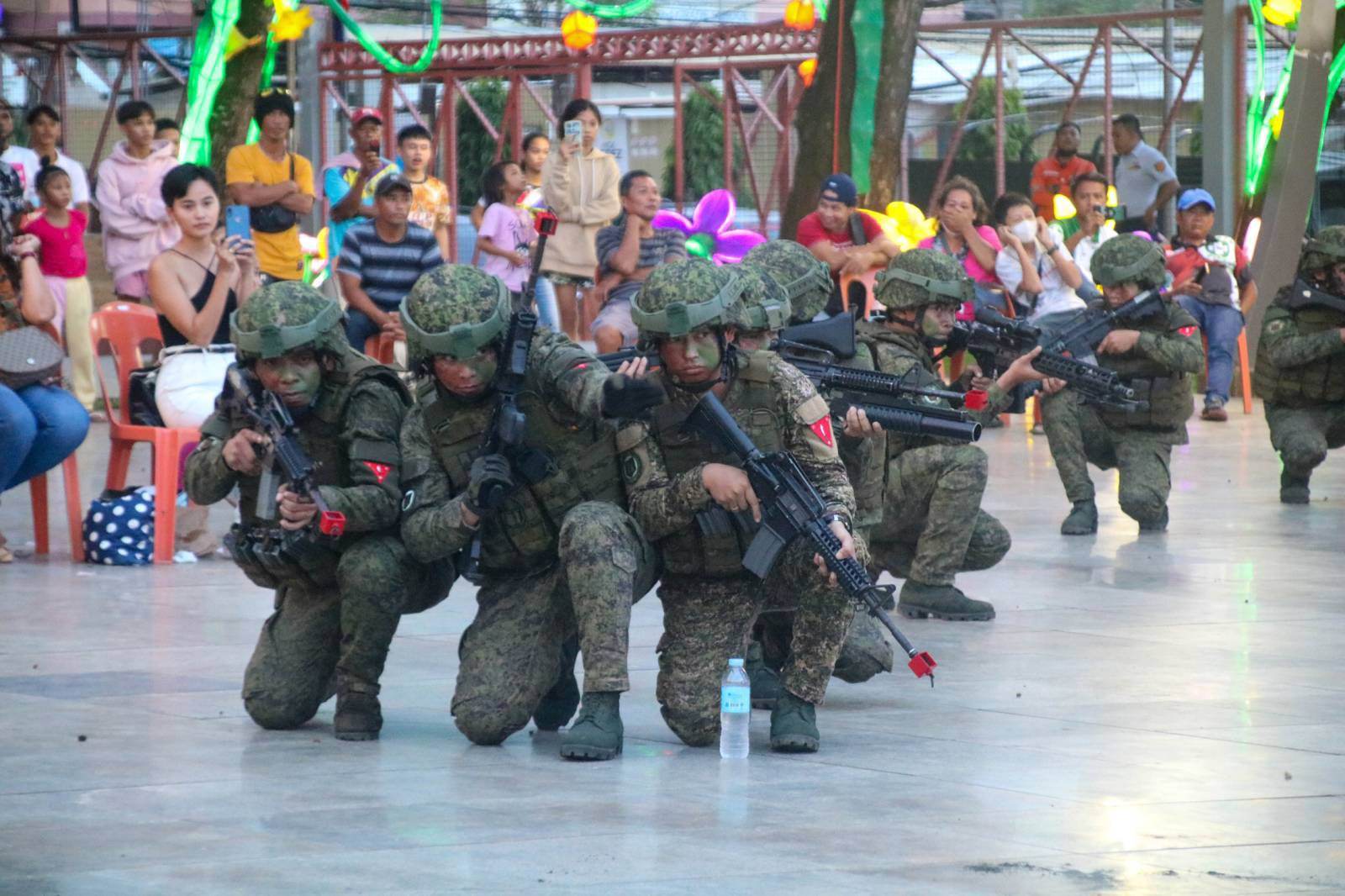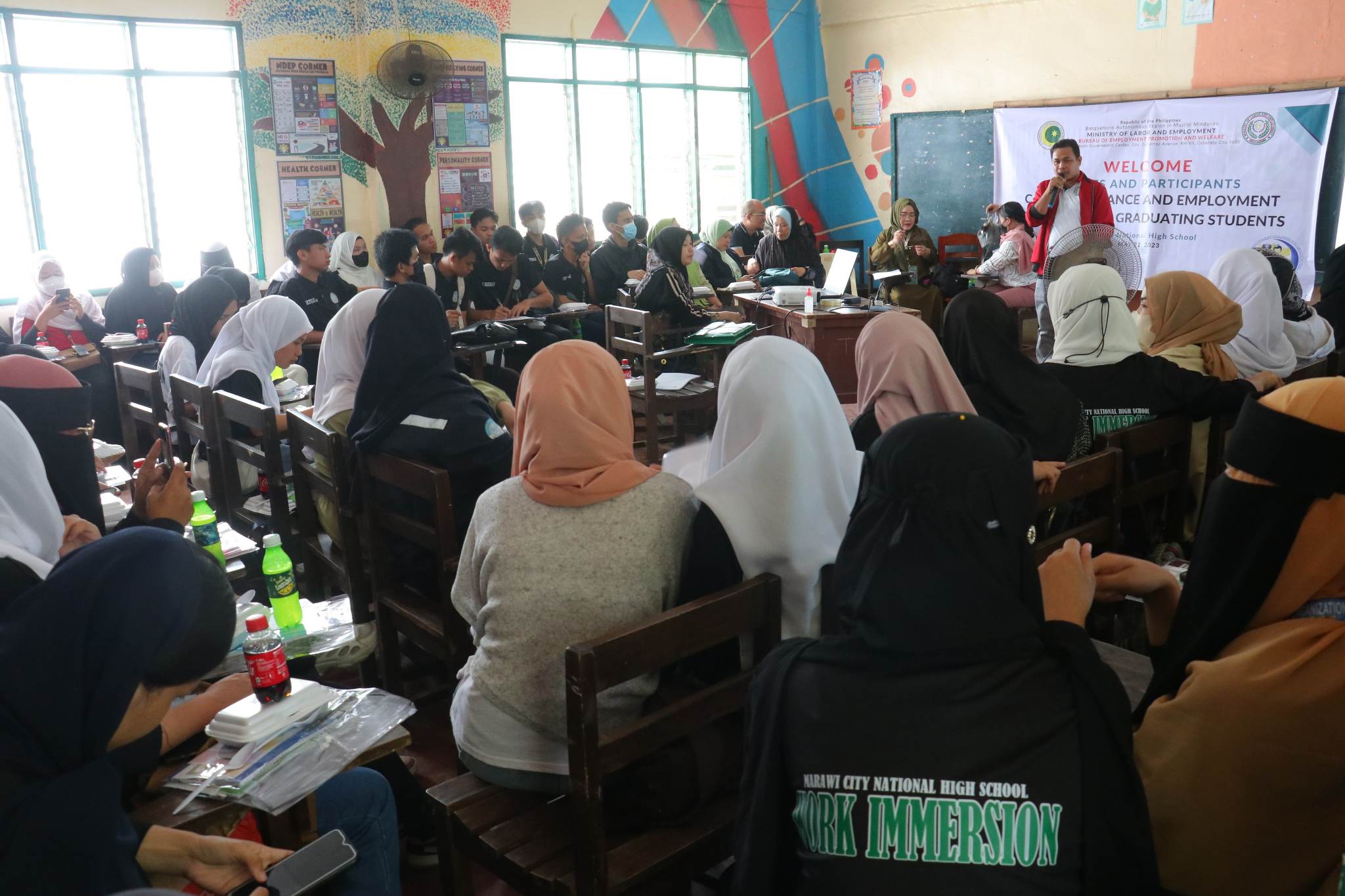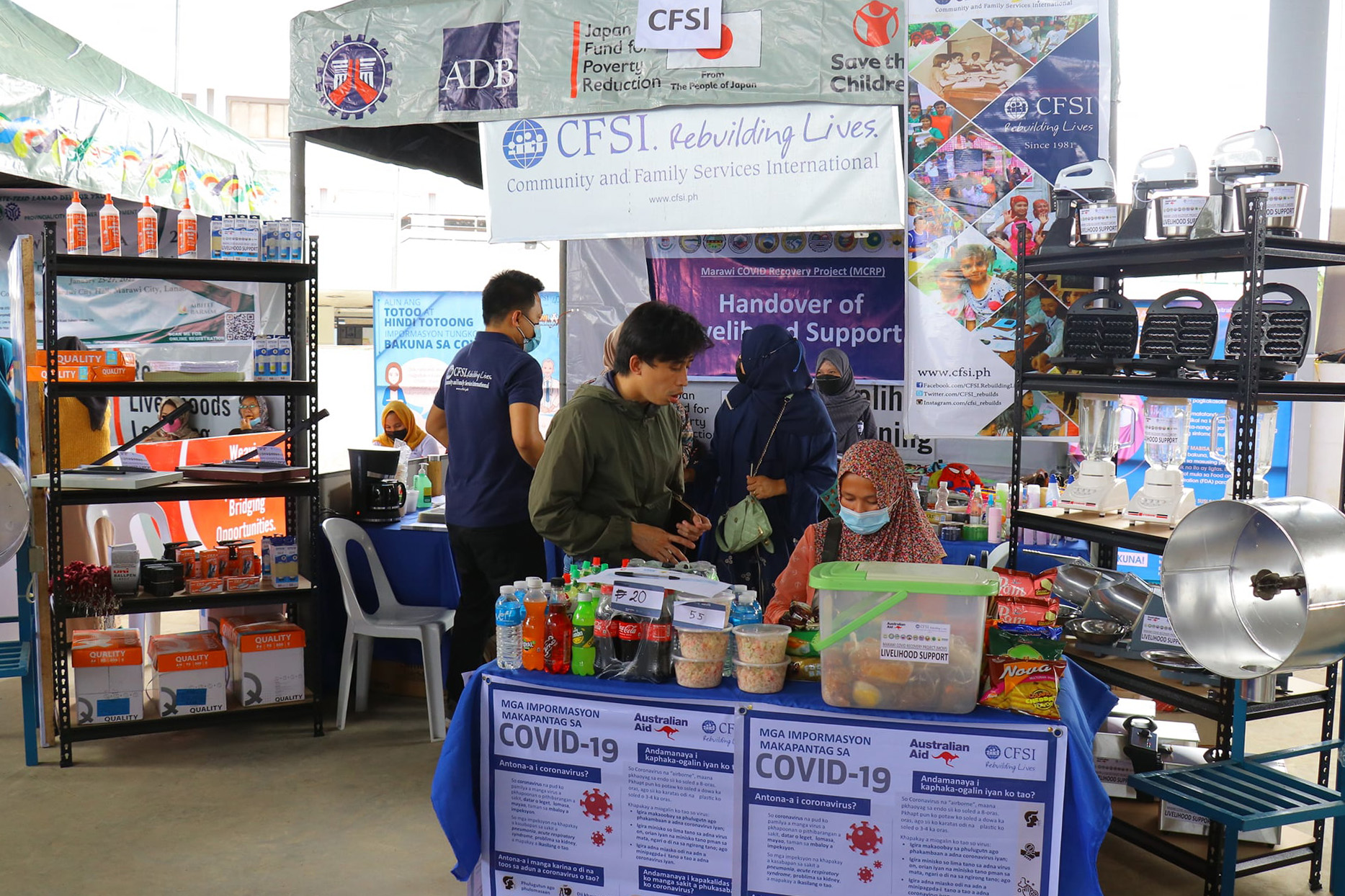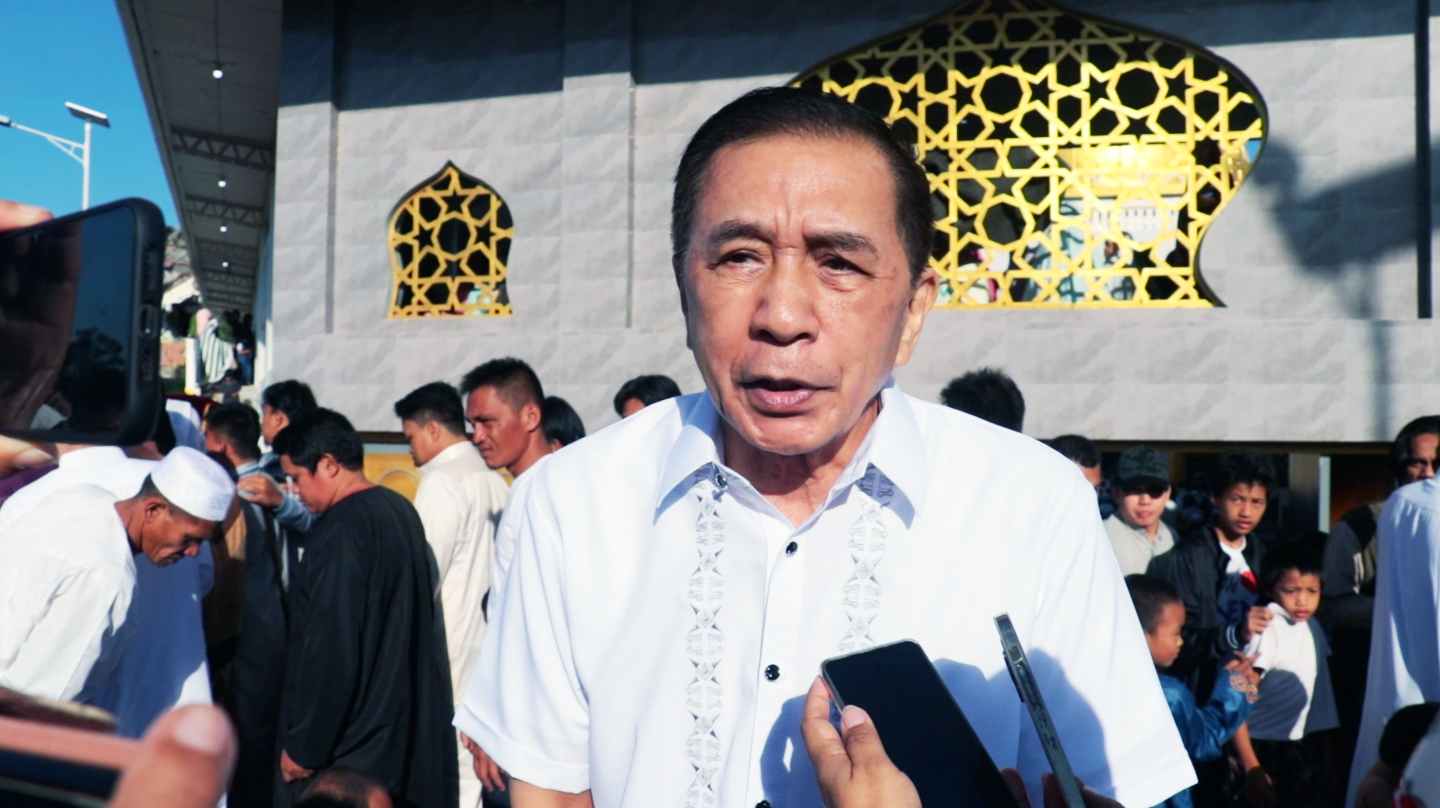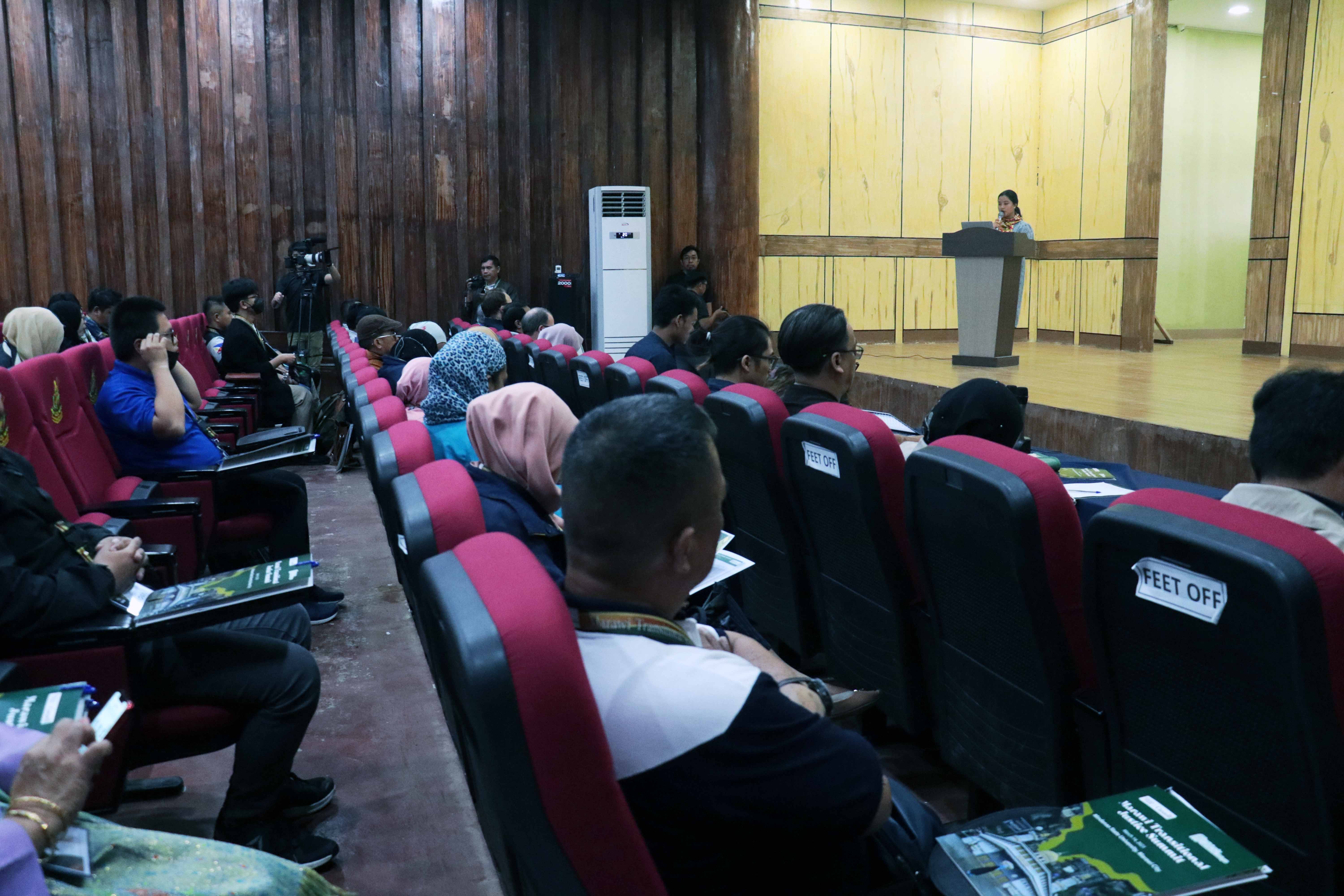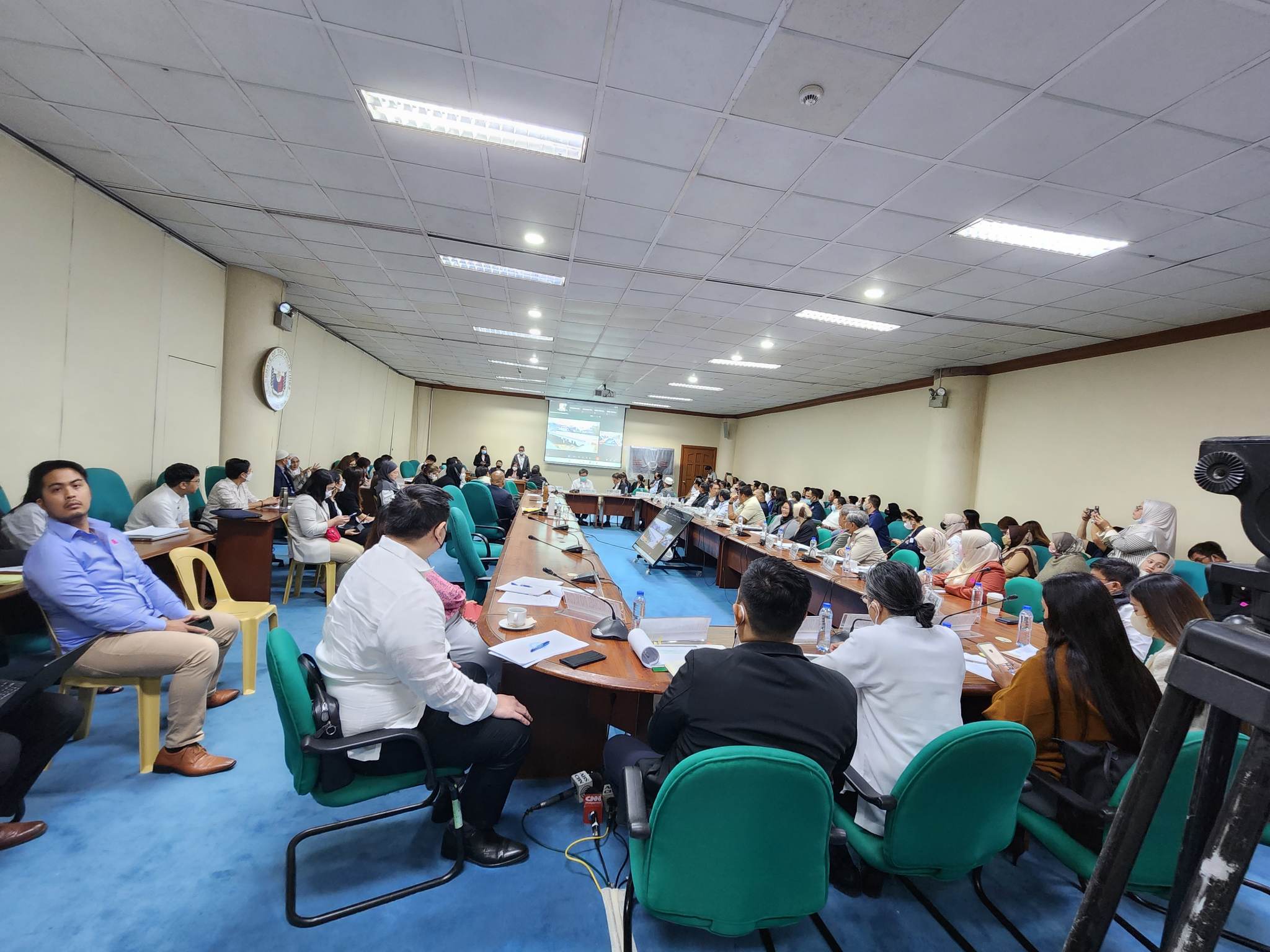The ‘ground zero’ of the infamous ‘Battle of Marawi which lasted for five months in 2017 no longer carries the smell of destruction. But the scars of the battle remain, evident in the wrecked, abandoned homes and structures full of gaping holes from tanks and gun fires.
One must drive through narrow streets where vendors can be seen with their small stalls and stores of various goods and foods on display before reaching the once main battle area. When the market is full of people, only a few can be seen in ground zero.
Colonel Samuel G. Yunque, GSC (INF) PA recounted how he felt when returning to the main battle area after six years. He was the battalion commander of 1st Scout Ranger Battalion who was deployed in Lanao del Sur for the liberation of Marawi and was referred to as ‘Father of the Troops’ in the battle.
“Marawi is a hollow and historic ground, especially for us who fought bravely and sacrificed all to liberate the people from the violent extremism. I felt goosebumps all over my body, with the flashback of vivid memories of the battle,” he said.
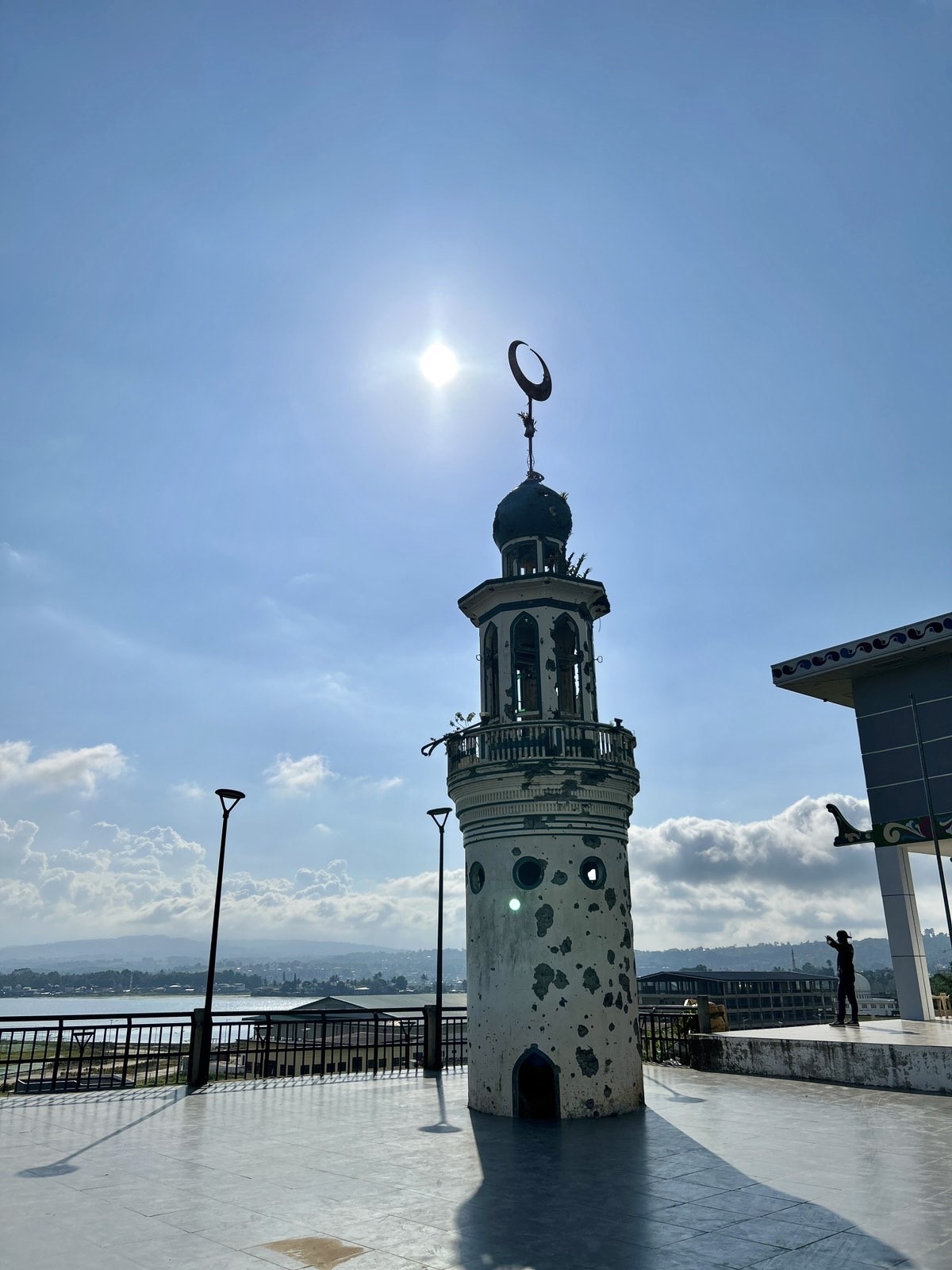
The Battle of Marawi started on May 23, 2017 and officially ended on October 23, 2017. Six days after Former President Rodrigo Roa Duterte declared its liberation from the terrorist, then Defense Secretary Delfin Lorenzana officially announced the termination of all combat operations in the city thereby ending the 5-month long military offensive to liberate Marawi from the ISIS-inspired Maute Terrorist group.
The prolonged urban siege had claimed the lives of 168 soldiers and 974 terrorists – 13 of whom were reported to be foreigners.
Iconic structures
Unknown to many, when the battle of Marawi escalated, the terrorists defaced landmarks in the city. They beheaded the statue of National Hero Dr. Jose Rizal, which stood at the center of Marawi City. Witnesses recounted that Maute fighters repeatedly shot the head of the statue with their high-caliber weapons and only stopped when the head fell off.
Six years later, at the heart of Ground Zero, now stands the statue of National Hero Dr. Jose Rizal with the newly constructed School of Living Traditions. The site is located overlooking the shore of Lake Lanao, which netizens find it worth sharing.
Moreover, in between redeveloped landmarks stood a structure with the crescent moon on top similar to that in the mosque. The structure which is the only remembrance of the battle in the landmark was filled with gunshot holes.
Ratholes
Besides the newly reconstructed buildings, lie all other damaged homes and establishments. Every single one of them was full of gaping holes, big and small. Those holes can either be from tanks, gunfires, or a hole good enough for a person to pass through which the military called as the ratholes.
Ratholes is the first of the many tactical innovations that the troops effectively utilized throughout the entire battle of Marawi. It was the demand of those times. With ratholes, the troops created alternative passageways which would enable them to move forward without exposing themselves to enemy fire. However, ratholes were made with caution. While some soldiers were chiseling the wall, another listened closely to check for the enemy on the other side of the wall.
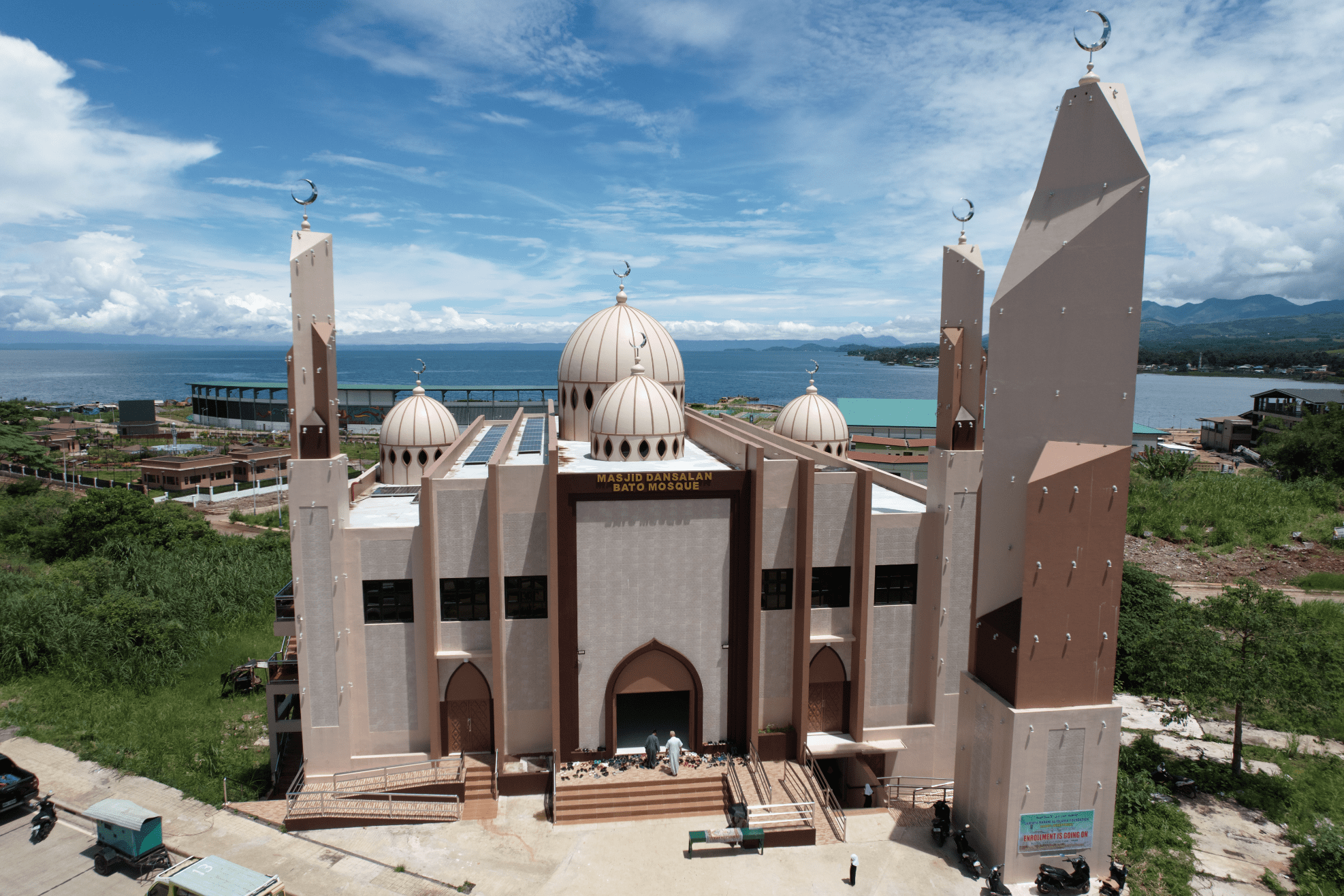
Mosque
The newly reconstructed Jameo Mindanao Al-Islamie–Islamic Center of Marawi also known as the Grand Mosque, stood tall and shining in the middle of all the rubbles left from the battle. Some visitors can now be seen taking photos outside the Masjid Dansalan Bato Mosque in the main battle area. These are just two of the mosques and madrasas in the area that have been reconstructed.
Looking at the buildings, you wouldn't think that these are the same buildings that the terrorists had holed up during the battle.
The Philippine military strictly adhered to a protocol that mosques and Islamic Schools known as ‘madrasas’ should not be targeted by airstrikes and artillery. However, terrorists used these locationsas strongholds where they positioned their snipers and staged attacks against the military. This contributed to the unfavorable situation the government troops faced during the battle.
Kids
One afternoon, a kid in his uniform can be seen sitting on the pavement outside the Grand Mosque. When asked why he was there, he said he just wanted to chill and see the place.
Out of everyone who was affected by the battle of Marawi, it was the children who suffered the most as they are the most vulnerable. The United Nations Children’s Fund (UNICEF) has recorded around 70,000 displaced children who took refuge in evacuation shelters or were hosted by relatives and friends in surrounding areas. UNICEF also noted that the battle of Marawi has a negative psychosocial impact on children. In fact, when the Philippine Sports Commission conducted a Children’s Games for Peace program, the coaches discovered that some kids from Marawi identified the ISIS-inspired terrorist as their heroes.
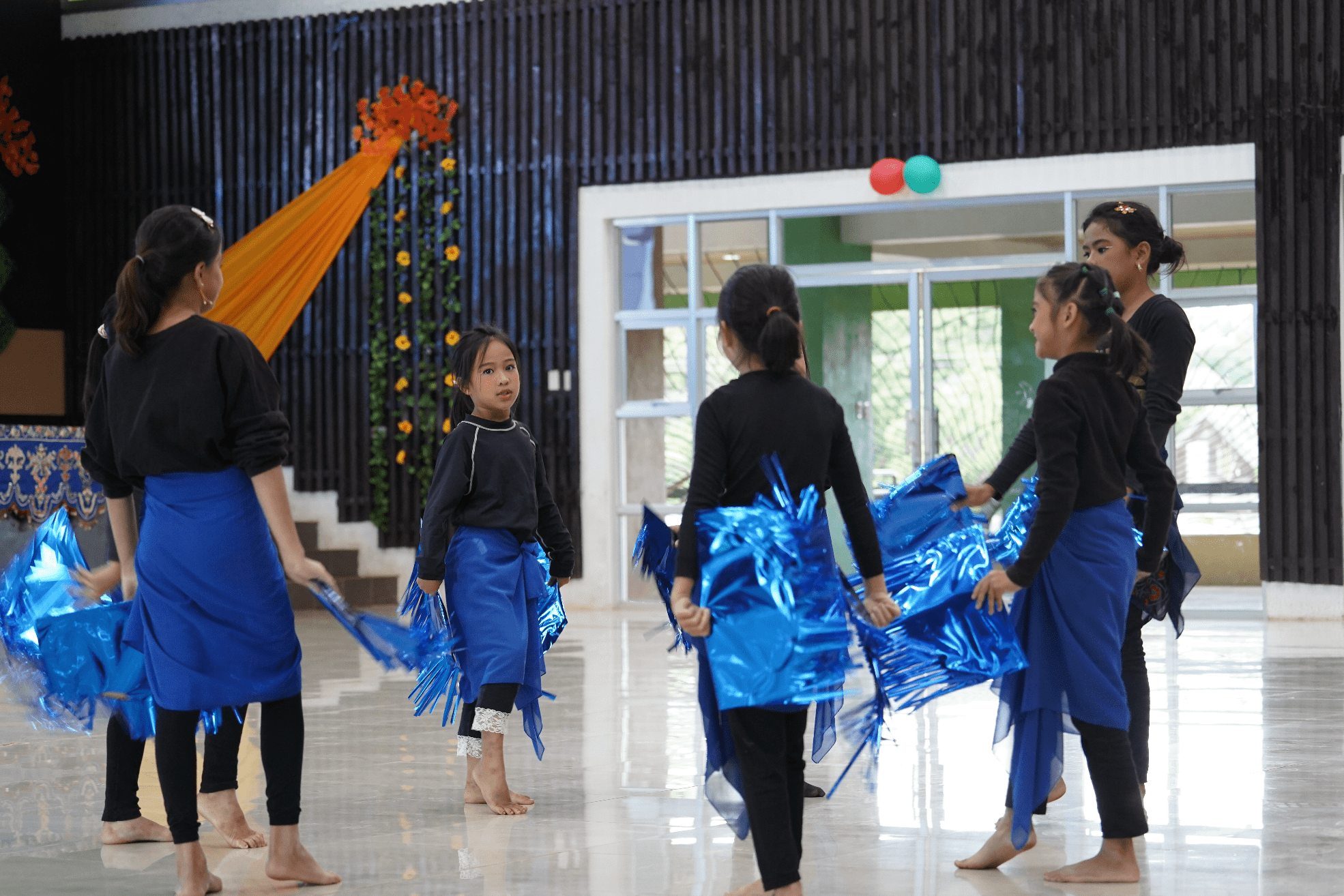
Moving Forward
Up to this day, the Battle of Marawi is a part of Philippine history that is hard to digest. Blood has been shed, properties were destroyed, and lives have been changed. Yet, after every destruction, a new day emerges—a day to forge ahead toward a brighter and more peaceful future.
The renovation of the Grand Mosque and other structures, the construction of Sarimanok Sports Stadium and Convention Center as well as the construction of boulevard at ground zero are good indicators that Marawi City is undeniably on its way to recovery.
Above all these developments, the Philippine Army who has been in the forefront in eradicating the violent extremism in Mindanao calls for the active involvement of every Filipino to take part in creating and preserving a culture of peace.
In the book ‘No Man Left Behind: A story of valor in the Battle of Marawi’, Col. Yunque shared that “peacebuilding and sustainable development in our communities may not be easy but when everyone moves and helps each other, solutions are practically within our grasp.”
May the story behind the rubbles and destruction in ground zero be a reminder for everyone to personally act and pursue kindness and peace as a way of life. (NBE/RVC/CCP/PIA9 with reference to P.R. Fortuno’s book “No Man Left Behind: A story of valor in the Battle of Marawi”)
